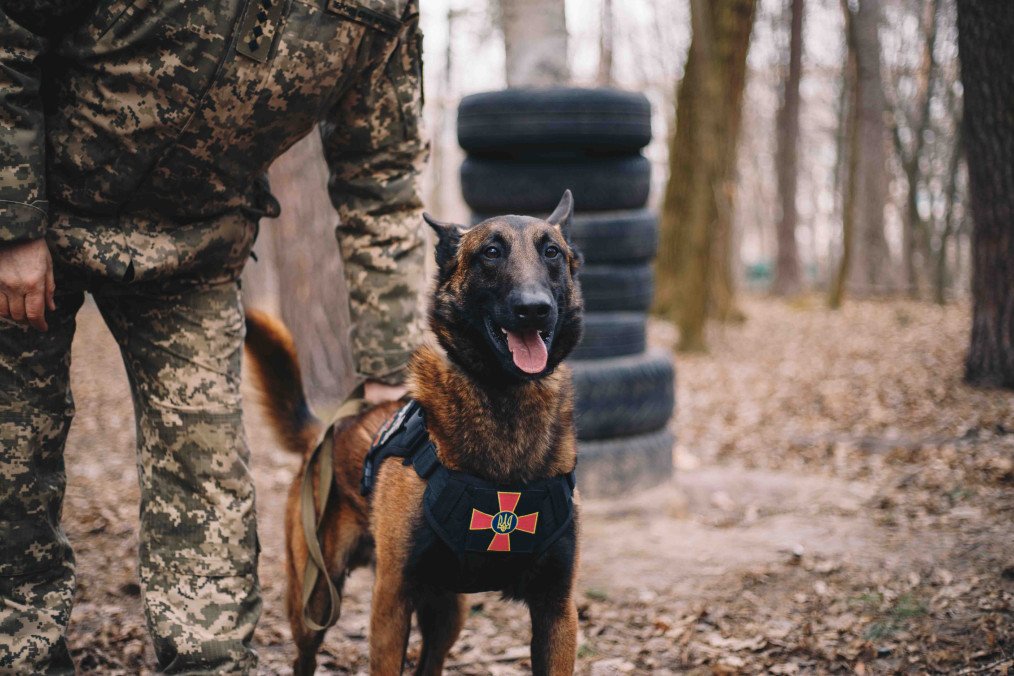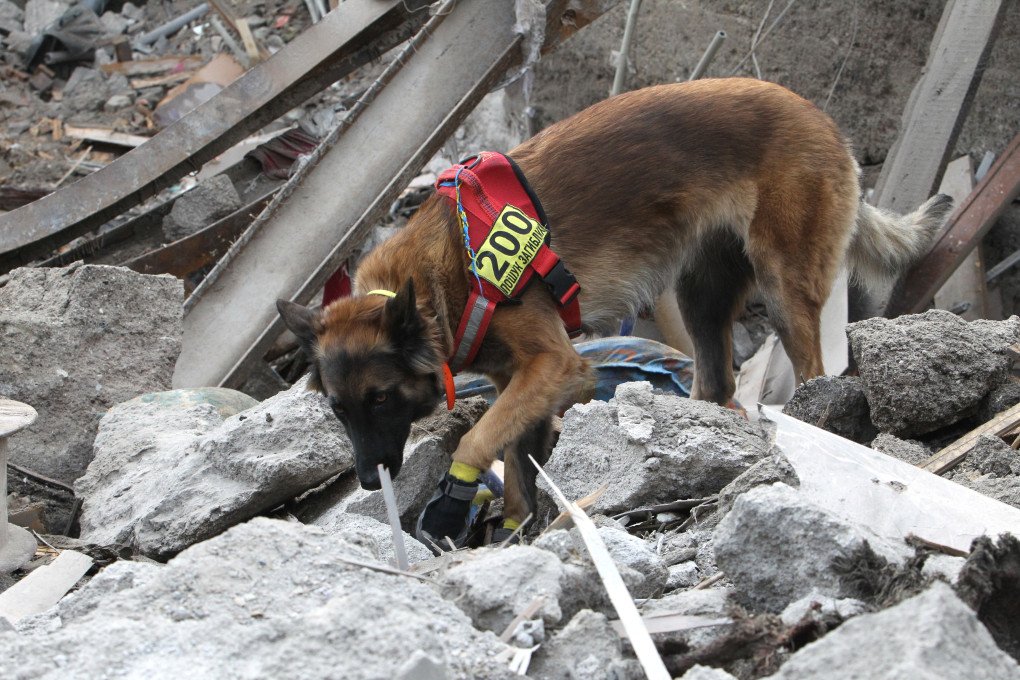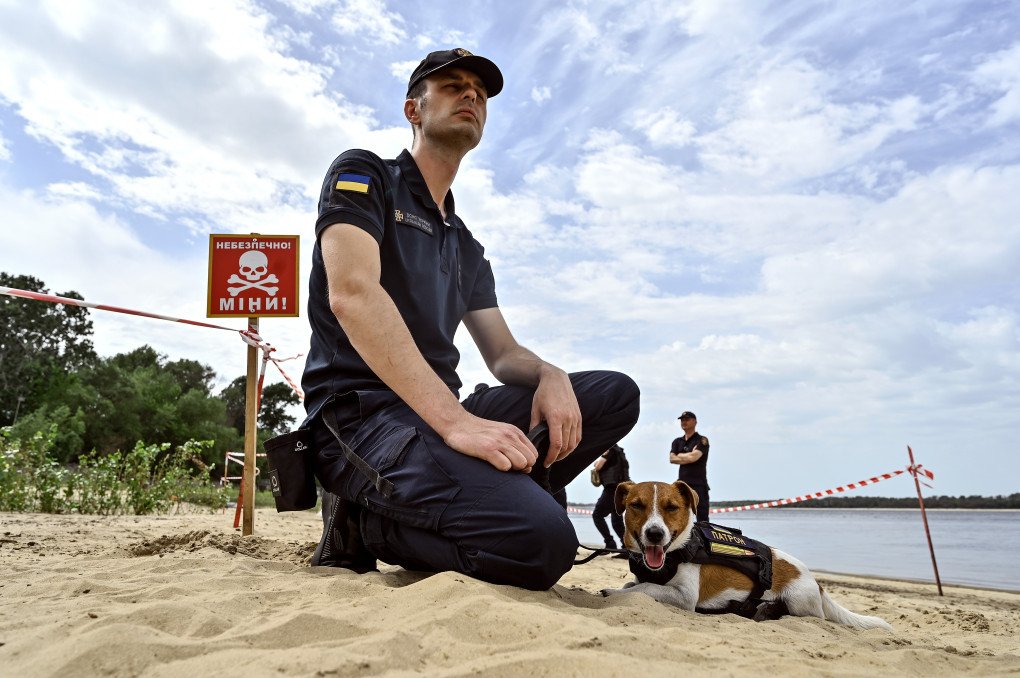- Category
- Latest news
Rescue Dogs in Ukraine Save 73 Lives and Detect 711 Explosives Since Start of Full-Scale Invasion

Since the beginning of Russia’s full-scale invasion, service dogs of Ukraine’s State Emergency Service (DSNS) have been deployed 812 times to carry out rescue and demining missions.
As a result, they have rescued 73 people and helped eliminate 711 explosive devices, according to DSNS spokesperson Oleksandr Khorunzhyi.
The data was presented during a briefing marking Dog Handler Day in Ukraine.
According to Espreso on April 2, citing DSNS spokesperson Oleksandr Khorunzhyi, DSNS dog teams were involved in 377 search-and-rescue operations in destroyed buildings and natural environments, and in 435 explosive ordnance detection missions.
There are currently 13 canine units operating under the DSNS, with a total of 66 service dogs. Among them, 39 are trained for search and rescue, 9 for explosive detection, and 5 for locating deceased individuals. The rest include 10 dogs in reserve, 2 puppies, and 1 breeding dog.

“All 66 dogs are certified and capable of locating either a person or an explosive device. Certification is conducted annually, and if a dog fails to detect a person during a training scenario, it is temporarily suspended from operations pending review.
The dog has three attempts to confirm the failure was an exception,” explained Yuliia Secheiko, an instructor at the DSNS Rapid Response Center.
Secheiko noted that dogs show signs of stress if they are unable to complete a task, such as failing to locate a person under rubble. While handlers understand that no survivors may be present, dogs interpret unsuccessful missions as personal failures.
Observable stress responses may include decreased activity, excessive panting, or seeking shade. Standard DSNS protocol allows dogs to work in 30-minute sessions, followed by 10–15 minutes of rest, with longer breaks after missions.
Espreso reports that to support their recovery, handlers often take the dogs on walks, allow them to play with favorite toys, or provide solitude depending on the dog’s individual needs.

Evhen Sholudko, a sapper-dog handler with the DSNS Rapid Response Center, works with a Belgian Malinois named Alf, trained to detect explosive materials in agricultural fields. He noted that constant training is essential, particularly in environments with hazardous and complex substances.
“Dogs must be stress-resistant. We use the sound of explosions and gunfire during training to simulate real conditions. After each mission, every dog undergoes a veterinary check,” Sholudko said.
According to Espreso, citing DSNS, there have been no reported fatalities among the service dogs throughout the full-scale war.
Earlier, Norway supported the launch of a mine-detection dog training center in Romny, Ukraine, in partnership with Norwegian People’s Aid and the State Emergency Service of Ukraine. Since opening in 2022, the facility has enhanced the training of canine teams for demining operations.
According to the Norwegian government, an additional €14 million will be allocated for demining efforts in 2025.





-72b63a4e0c8c475ad81fe3eed3f63729.jpeg)


